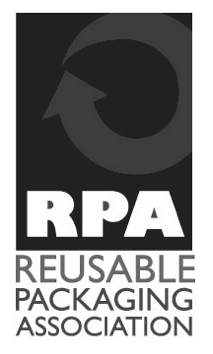Sheetal Chawla, HealthcareITToday.com, September 22, 2023
The healthcare sector has long been globally recognized as one of the leading carbon-intensive industries, accounting for 4.5% of the world’s greenhouse gases. However, the increasing attention on reducing emissions and forging a path to net zero in recent years has many leaders questioning how they can implement new sustainability strategies across their organizations.
In fact, in 2021, the World Health Organization organized a coalition of 42 countries to reduce emissions across their health systems. While this shows the start of action, there is still a long way to go.
When considering why sustainability is such a challenge for the healthcare industry – as well as several others – there are many possible answers. Challenges around emissions measurement have long hindered sustainability efforts, but what if the true barrier lies in the cultural mindset of the healthcare workforce?
Understanding Scope Emissions
In order to tackle sustainability, leaders must understand the full depth of their impact. This begins with understanding the different types of emissions – namely Scope 1, Scope 2, and Scope 3.
- Scope 1 greenhouse gas emissions are directly released into the atmosphere from owned or controlled sources. Examples include producing electricity by burning coal or gases leaking from refrigeration units.
- Scope 2 greenhouse gas emissions result from the indirect consumption of an energy product. Examples include the use of electricity produced by the burning of coal in a different facility or purchasing natural gas from a local power utility to power a building.
- Scope 3 greenhouse gas emissions are indirect emissions (separate from Scope 2 emissions) that are generated in the wider economy. They do not result from the actions of an entity, but rather from sources not owned or controlled by the entity in question. Examples include the transportation of purchased fuels or emissions associated with contracted solid waste disposal and wastewater management.
The sustainability initiatives often put in place by enterprises address Scope 1 and Scope 2 emissions, but rarely Scope 3—despite the fact that Scope 3 emissions have the largest impact on our ecosystem. This is because Scope 3 emissions are difficult to measure and require significant collaboration between organizations in order to enact meaningful change.








